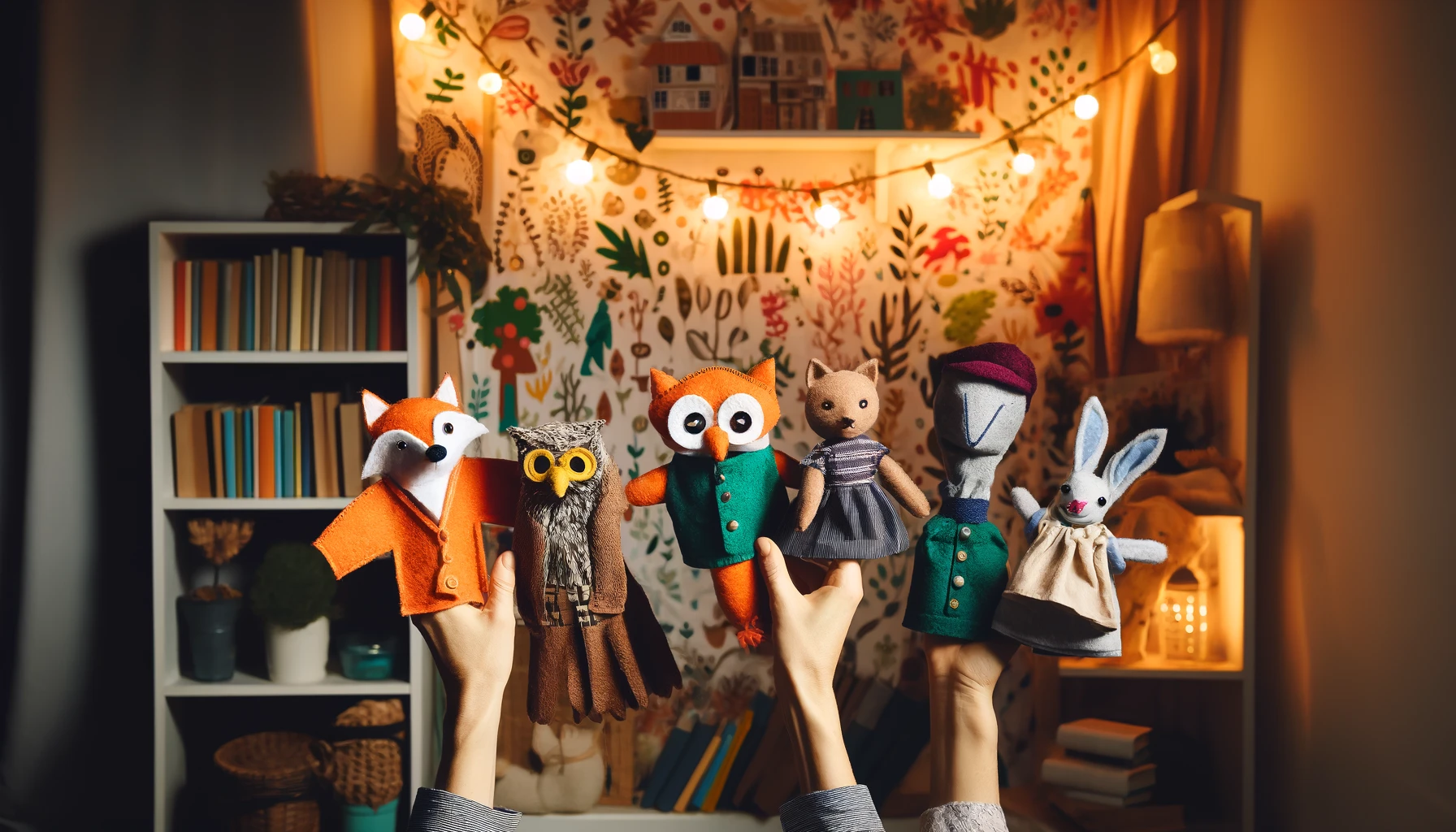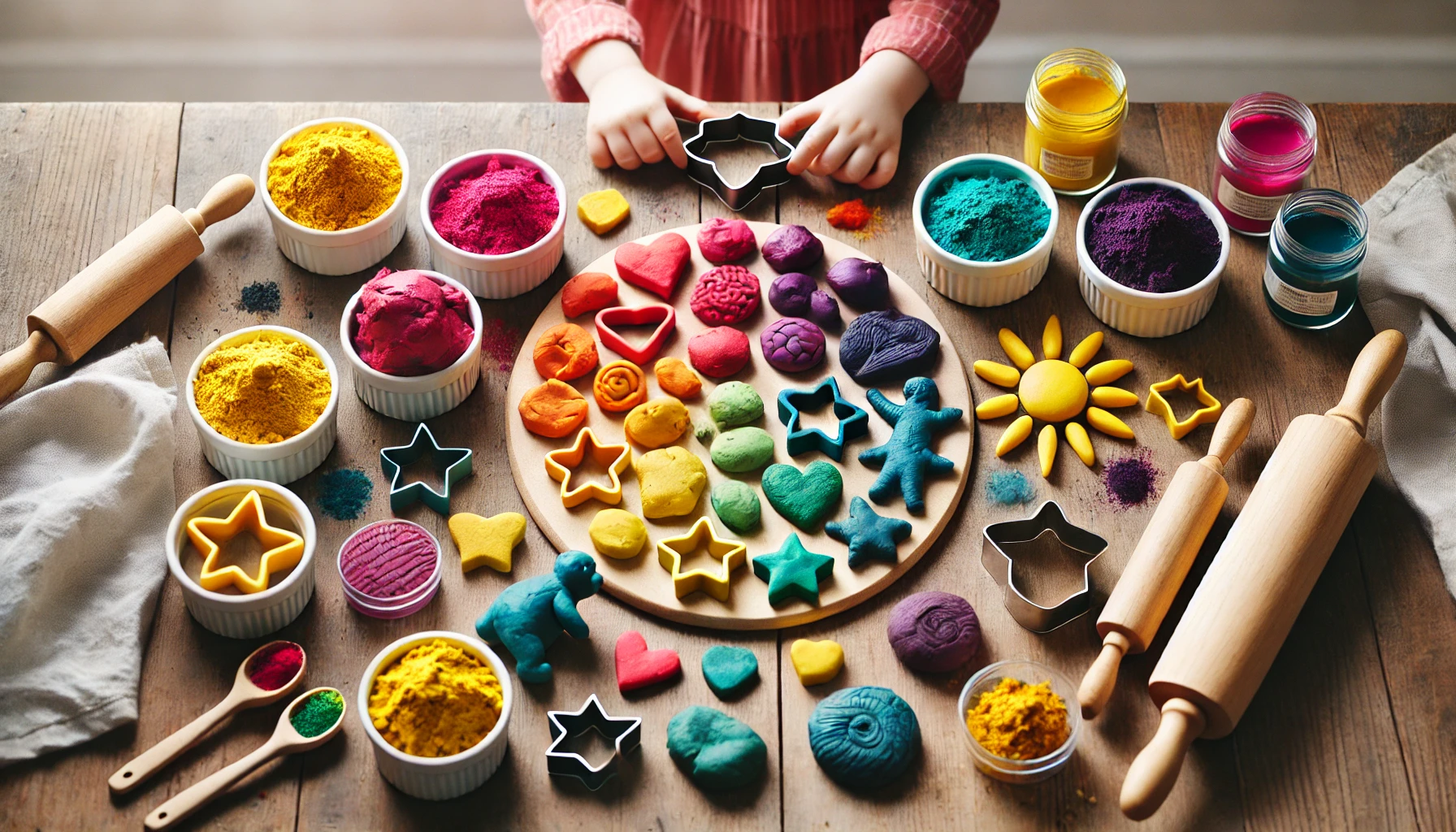Stories aren’t just words on a page. They breathe, move, and live in the imaginations of those who hear them. But what if they could do more? What if they had faces, gestures, and a voice beyond the storyteller’s? That’s the magic of DIY storytime puppets—they turn a simple tale into an interactive adventure.
Creating puppets based on beloved stories isn’t just about crafting; it’s about connection. Kids don’t just listen—they engage. They don’t just imagine—they participate. This simple addition to storytelling can transform bedtime stories, library readings, and classroom sessions into something unforgettable.
Puppets don’t have to be complicated. With basic materials and a little creativity, you can bring any character to life, making stories more engaging and memorable for kids of all ages. Whether you’re a parent, teacher, librarian, or just someone who loves a good tale, crafting storytime puppets will take storytelling to a whole new level.
Choosing the Right Puppet for Your Story
Every story has its own personality, and the type of puppet you create should match its energy. Different puppet styles serve different storytelling needs, so think about what fits best before grabbing the glue and fabric.
Hand Puppets: Classic and Expressive
- Great for characters with a lot of dialogue
- Can be made from socks, gloves, or fabric
- Allow for detailed facial expressions and movement
Finger Puppets: Simple but Effective
- Ideal for stories with multiple characters
- Quick to make using felt, paper, or fabric scraps
- Small enough for kids to use on their own
Shadow Puppets: Perfect for Mystery and Drama
- Work best with dramatic or traditional folk tales
- Easy to make from black cardstock and sticks
- Best used with a light source for a theatrical effect
Rod Puppets: Best for Big, Animated Movements
- Great for larger-than-life characters or animals
- Require sticks or dowels for movement
- Can be crafted from foam, paper mâché, or fabric
Picking the right puppet style depends on how you want to tell the story. For animated, chatty characters, hand puppets work best. If the story is full of action, a rod puppet might be the way to go.
Crafting Puppets from Everyday Materials
You don’t need a craft store run to make great puppets. Some of the best materials are probably already in your home.
Household Items That Work Like Magic
- Old Socks and Gloves – Instant hand puppets, just add eyes and a mouth
- Paper Bags – Perfect for quick and easy character faces
- Cardboard and Paper Rolls – Great for stiff-bodied puppets
- Fabric Scraps and Felt – Adds texture and durability
- Buttons, Yarn, and Beads – Simple details that bring characters to life
How to Make a Simple Sock Puppet
- Find an old sock—darker colors work well for animals, while lighter ones are great for human-like characters.
- Glue or sew on two buttons for eyes.
- Cut a small piece of felt for the mouth and attach it inside the sock opening.
- Add yarn for hair or a fluffy tail if needed.
- Slip it onto your hand, move your fingers, and watch your new character come to life!
The best puppets aren’t the most expensive ones; they’re the ones made with care. A few small details can turn an ordinary sock into a grumpy king, a sneaky fox, or a curious little girl.
Bringing Puppets to Storytelling
A puppet alone doesn’t tell a story—it’s how you use it. Once your characters are crafted, the real fun begins.
Giving Puppets Their Own Voice
A puppet without a voice is just a decoration. Give each one a unique way of speaking to match their personality. A wise old owl might have a slow, deep tone, while a mischievous rabbit might talk quickly and excitedly.
Using Movement to Add Life
- Nod the puppet’s head when it speaks to make it feel natural
- Move its arms or hands when it’s excited
- Tilt its head to show curiosity
- Have it look around to interact with its surroundings
Interactive Storytelling with Puppets
Puppets don’t just talk at the audience—they talk with them. Encourage kids to respond, ask questions, or even use a puppet themselves. A story becomes more than just a story when the audience plays a part.
Puppet Stories Kids Love
Some stories naturally work well with storytime puppets. They’re full of action, memorable characters, and fun dialogue that kids love to hear out loud.
Animal Tales
- The Three Little Pigs – Perfect for expressive voices and playful action
- Goldilocks and the Three Bears – Great for different-sized puppets
- The Tortoise and the Hare – A fun way to teach patience and persistence
Fairy Tales & Fantasy
- Little Red Riding Hood – Exciting with a mix of friendly and villainous characters
- Jack and the Beanstalk – Ideal for a puppet-sized giant
- The Gingerbread Man – Fun for running and escaping motions
Classic Children’s Books
- Where the Wild Things Are – Great for expressive, larger-than-life puppets
- The Very Hungry Caterpillar – Works well with a transforming puppet
- Pete the Cat – Perfect for simple, easygoing storytelling
If you’re looking for even more inspiration, online platforms for children stories can spark ideas. Classic tales and fresh narratives alike can help kids bring their favorite characters to life through imaginative play.
Making Puppet Storytime Special
It’s not just about making puppets—it’s about creating an experience.
Setting the Scene
A simple setup makes a big difference. A small curtain, a DIY puppet theater, or even just a blanket draped over a table can turn storytelling into an event.
Involving Kids in the Fun
Let kids help with storytelling by holding or voicing a puppet. If they made their own, even better! It’s a chance for them to be part of the story, not just watch it.
Switching Up the Story
Once a story has been told, try changing it up. What if the wolf in The Three Little Pigs was actually scared of pigs? What if Jack never climbed the beanstalk? New twists keep kids engaged and thinking creatively.
Final Thoughts
A book is powerful, but storytime puppets add a whole new dimension. They make stories interactive, fun, and unforgettable. The best part? You don’t need fancy supplies or special skills—just a bit of creativity, a love for storytelling, and some easy 5-minute crafts to bring characters to life.
So next time you pick up a favorite tale, consider giving it some extra life. With a simple puppet, a little movement, and a touch of imagination, a story becomes something kids don’t just hear—they experience.




